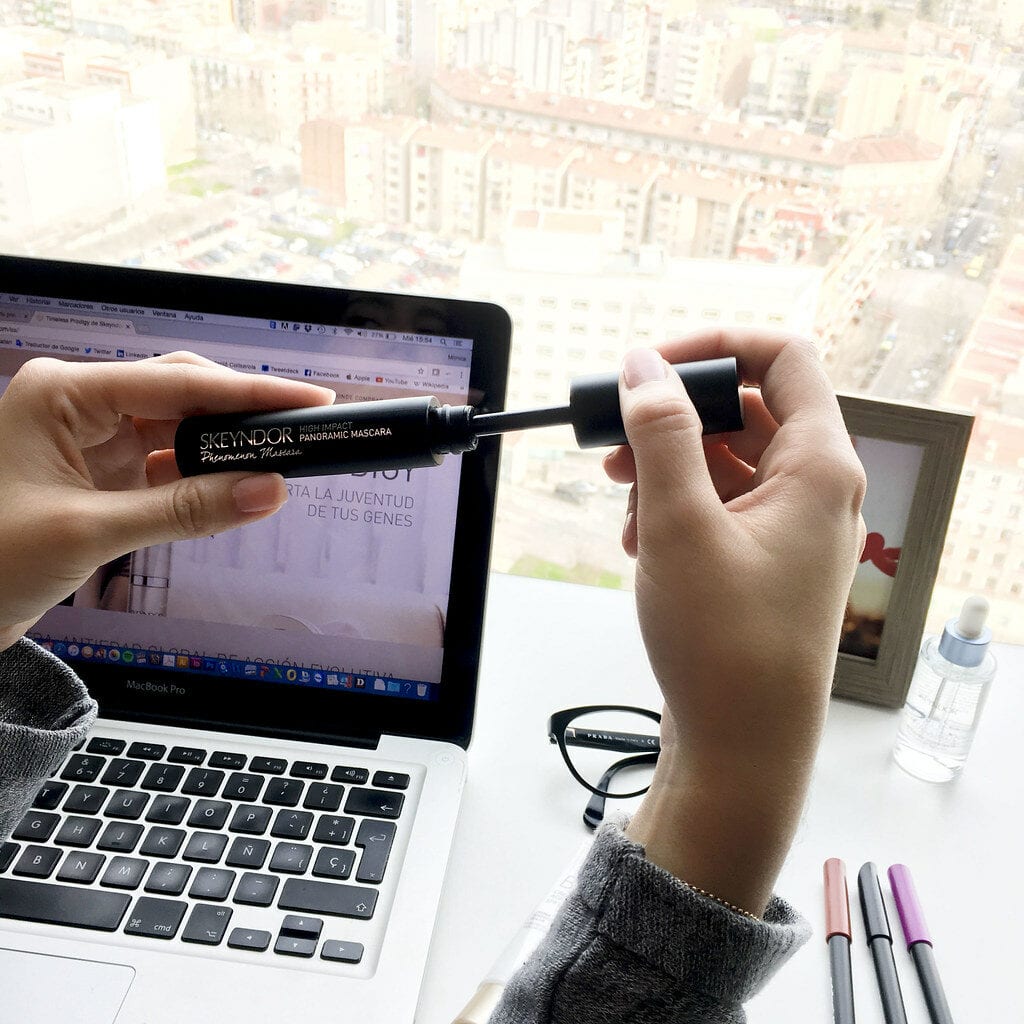This article will provide readers with an insight in to the growing importance of the so called ‘Micro-Influencer’. Read on to learn about the significance of Micro-Influencers within the overall Influencer Marketing landscape.
What is a Micro-Influencer?
A Micro-Influencer is someone who typically has between 10,000 and 500,000 social media followers. However, it is important to know that it is not only the number of followers that makes a Micro-Influencer different from your typical influencer; it’s the ability that they have to engage their followers with the content they share.
88% of marketers prefer to work with influencers who have a following of 100,000 or less.
2020 Influencer Marketing Report by SOCIALPUBLI.
How is a Micro-Influencer different from a Macro-Influencer?
A Micro-Influencer is somebody who has the ability to change the tastes and behaviours of others. A typical Macro-Influencer may have millions of followers, but they do not necessarily have an influence on a follower’s behaviour.
Micro-Influencers are important for a successful marketing campaign because they have a niche consumer audience. With that in mind, marketers should be aware of the fact that before a Micro-Influencer decides to work with them, they have to be certain that by doing so will not compromise their social media following.

The shift away from Macro to Micro
Authenticity and transparency are what makes an Influencer Marketing campaign successful. Whenever you scroll through the likes of Instagram or Facebook, it is inevitable that you will see #Ad, #PaidPromotion or #Af. If the everyday social media user is constantly bombarded by the above hashtags, then marketing campaigns become less effective.
51% of people say they are unhappy with the lack of transparency in Influencer Marketing.
Based on a study conducted by ASAI.
The beauty of the Micro-Influencer is that they have built a relationship with their followers, and their followers place a high level of trust in them. So when #Ad, #PaidPromotion or #Af appear on their social media posts, their followers tend to engage with the campaign, which is obviously good from a digital marketer’s perspective.
How can a Micro-Influencer benefit your marketing plan?
The benefit of working with a Micro-Influencer is that it is typically cheaper than working with a Macro-Influencer. Therefore, you can afford to take advantage of more opportunities and have multiple marketing campaigns on the go at once.
The niche audience of a Micro-Influencer means that there is higher engagement with the campaign. Therefore, ROI is greater than it would be if you were to work with a Macro-Influencer.
How should you go about engaging with a Micro-Influencer?

Firstly, you need to make sure that engaging with a specific Micro-Influencer makes sense. For example, let’s say that the aim of your marketing campaign is to increase sales of beauty products – it would be a waste of time, and money, to engage with a Micro-Influencer who has a follower base mainly consisting of middle-aged men. Basically, you need to think smart.
Secondly, since trust is such a big element that determines the success of a marketing campaign, you need to build a relationship with the Micro-Influencer. You need to be able to convince them that your brand is suitable for their platform. This can be achieved through messaging them directly or sending them samples to test.
What should you take away from this blogpost?
To wrap it all up in three words: Influencers are important, now more than ever. Gone are the days of relying on traditional forms of advertising, such as television or radio. Marketers probably believed at one stage that they had successfully adapted their marketing campaigns to suit online platforms.
But, unfortunately, the growth in popularity of ad blocking technology means that marketers are constantly struggling to grab a consumer’s attention, and once again are forced to come up with new ways to market their products. Luckily for them, this article has identified one key way to do this; Influencer Marketing, more specifically Micro-Influencer Marketing.
Read more about the latest trends in digital marketing here.
References
Patel, S. (2021). How You Can Build A Powerful Influencer Marketing Strategy in 2021. Available: https://www.bigcommerce.com/blog/influencer-marketing/#executive-summary. Last accessed 26th March 2021.
McNutt, L. (2021). 5 influencer marketing predictions for 2021. Available: https://www.prdaily.com/5-influencer-marketing-predictions-for-2021/. Last accessed 26th March 2021.
Wiltshire, E. (2021). 10 Influencer Marketing Stats for 2021 [Infographic]. Available: https://www.socialmediatoday.com/news/10-influencer-marketing-stats-for-2021-infographic/594220/. Last accessed 26th March 2021.
Spain-Warner, G. (2021). Must-Know Micro-Influencer Predictions for 2021. Available: https://talkinginfluence.com/2021/02/08/must-know-Micro-Influencer-predictions-for-2021/. Last accessed 26th March 2021.
Wissman, B. (2018). Micro-Influencers: The Marketing Force Of The Future?. Available:https://www.forbes.com/sites/barrettwissman/2018/03/02/micro-influencers-the-marketing-force-of-the-future/?sh=743fd6b86707. Last accessed 26th March 2021.





Recent Comments